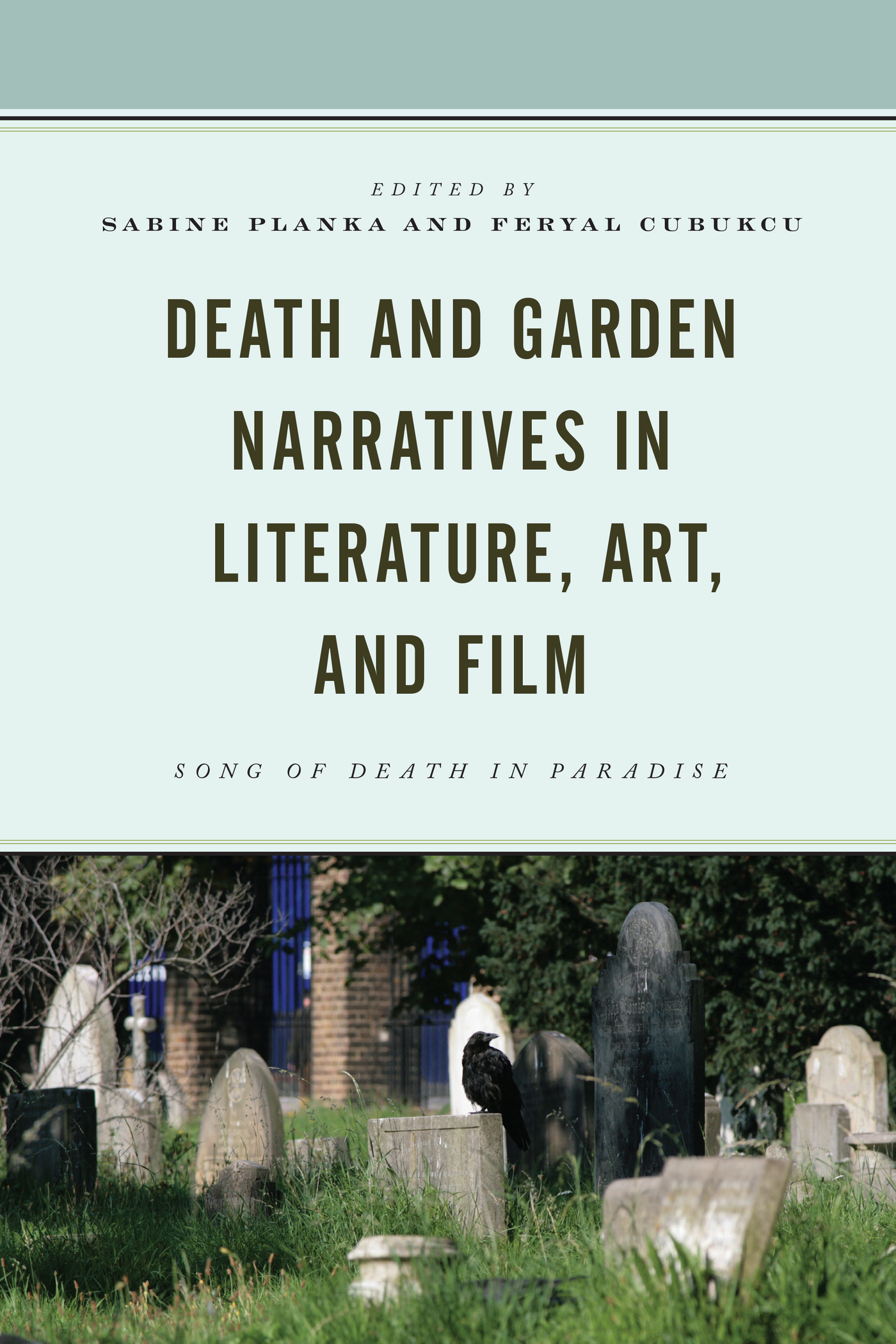Death and Garden Narratives in
Literature, Art, and Film
Death and Garden Narratives in
Literature, Art, and Film
Song of Death in Paradise
Edited by Sabine Planka and Feryal Cubukcu
LEXINGTON BOOKS
Lanham Boulder New York London
Published by Lexington Books
An imprint of The Rowman & Littlefield Publishing Group, Inc.
4501 Forbes Boulevard, Suite 200, Lanham, Maryland 20706
www.rowman.com
6 Tinworth Street, London SE11 5AL, United Kingdom
Copyright 2020 by The Rowman & Littlefield Publishing Group, Inc.
All rights reserved. No part of this book may be reproduced in any form or by any electronic or mechanical means, including information storage and retrieval systems, without written permission from the publisher, except by a reviewer who may quote passages in a review.
British Library Cataloguing in Publication Information Available
Library of Congress Cataloging-in-Publication Data Available
ISBN 978-1-7936-2588-5 (cloth : alk. paper)
ISBN 978-1-7936-2589-2 (electronic)
ISBN 978-1-7936-2590-8 (pbk. : alk. paper)
 TM The paper used in this publication meets the minimum requirements of American National Standard for Information Sciences Permanence of Paper for Printed Library Materials, ANSI/NISO Z39.48-1992.
TM The paper used in this publication meets the minimum requirements of American National Standard for Information Sciences Permanence of Paper for Printed Library Materials, ANSI/NISO Z39.48-1992.
Introduction
Sabine Planka and Feryal Cubukcu
Death itself has been a central element in peoples thinking for thousands of years and although life and death seem to be opposites, they are mere abstractions that are complementary to each other. Some cultures accept (and have accepted) death as the last phase in everybodys life and have prepared their dead for life after death. Death is/was integrated into life as normal, the end of life is (and was) celebrated byculturallydifferent rites and has meant the step into a new state of being. Other cultures deny the existence of death, which is seen as a taboo that is not thematized. Therefore, death isdepending on cultural characteristicshandled differently from culture to culture: while in Western cultures death is seen as ambivalent and, therefore, often became fearful and was banned, other cultures celebrate death and believe in life after death. However, death is still a part of life, people live to die. Therefore, life and death are complementary to each other. The body itself is both the source of life and the source of death; that is why death has been studied and viewed differently by scholars working in the field of thanatologyethnologists, (art) historians, sociologists, theologians, literary specialists, psychologists, for examplethroughout centuries with different results: different forms of burials can be observed from an intercultural perspective through times. It is seen as a passage into another state of being or as redemption, and the fear of death is thematized as well as the taming of death through ritual or aesthetic sublimation or the utilization of death to manipulate social and political ends. The reverberations of death are visible in death-defying acts, escapes from life, the formulation of mortality, symbolic mastery of death as a forte or denial of death.
Referring to the fictional works in tragedies in general, death is not avoided and it is the herald of the victory or salvation. However, in comedies, death is deflected to a future and it is insinuated whereas death is directly confronted in tragedies. In medieval and Shakespearean periods, man is envisioned as not only locked into a physical body but into a social or communal body as well (Carlin 1993, 5). Quem quaeritis texts have the tradition of death to resurrection, loss to restoration, grief to joy, and they repeat and exemplify death and resurrection. Similar topics are tackled in the morality plays where drama repeats the familiar action of transcendencea combat between death and life in which death is ultimately overthrown
In todays societies the arts and humanities have focused on death as one of their central topics. Death is, therefore, closely connected to literature and film and is described / shown both as an abstractum and a personification that (re)actsas can be seen, for example, in the medieval danse macabre (dance of death)that shows the influence and power over mankind in allegorical visualisations. There are also works of art which deal with the figure of death and the state of being dead. The personification of death can also be found in various literary works such as The Brothers Grimms Godfather Death (German title: Gevatter Tod; KHM 44) that shows a personalized death as well as Hugo von Hofmannsthals Everyman (German title: Jedermann; 1911). Also current works show death as an acting figure within the narration as can be seen for example in Terry Pratchetts novels where Death itself acts and communicates telepathically into a characters mind or in Markus Zusaks novel The Book Thief (2005) where Death is the narrator of the story. It seems to be logical that films integrate death as a figure, too, like Meet Joe Black (1998).
Gardens have also been studied in various ways and have been a crucial part in mythology and literature (Cubukcu/Planka 2018, 9) and are marked amongst others by its privateness and intimate space shown by a fence or another kind of border that keep foreigners outside. It can be the place of architectural and artistic design, it can express the relationship to the world as well as political thoughts and visions (9). On the other hand, some urban gardens are created in contrast to the separated private garden space: they are open spaces for different kinds of people who want to work in environmentally sustainable places.
This combination of two fields opens new ways for further analysis. At the center is the dying garden in front of ecological discussions that have found its way into the genre of dystopiawith different results for mankind. Besides this death of naturethat can be found as a topic in adult literature, childrens literature, different (science fiction) movies, works of art, and computer gamesand its meaning for mankind, death and dying can be connected more drastically to gardens and garden cultures: the question occurs why a garden is, for example, often used as a crime scene by some authors (while they are themselves the owners of wonderful gardens) and where this attraction comes from, or the fact that some plants can bring death itself (some plants are shown, for example, in The Poison Garden in Alnwick Castle (UK)).
This book focuses, therefore, especially on the connection between death, dying, and gardens/culture of gardening across cultures. In this respect the chapters included in this volume deal with various topics from various cultural and literary perspectives. The collection opens with Adrian Taits essay Death in an English Garden: Agential Realism and the Nature of Arthur Machens Panic Terror. By referring to Karen Barads concept of agential realism Adrian Tait evaluates key examples of Machens fiction, in particular The Terror, A Fragment of Life, The Great God Pan, and The Hill of Dreams. In this respect, Tait is able to demonstrate how Machens work describes a world in which the temporal and spatial boundaries defined by terms such as death and garden have collapsed, and with the collapse of those boundaries, the dualisms on which exploitative and oppressive Western attitudes towards nature have depended.
Next page
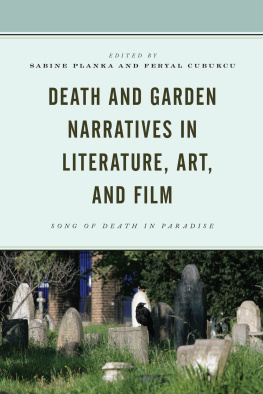
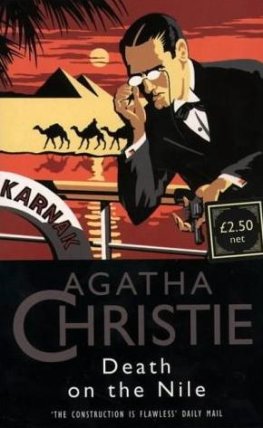
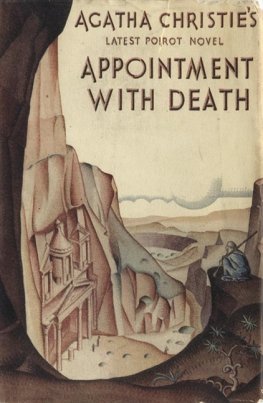


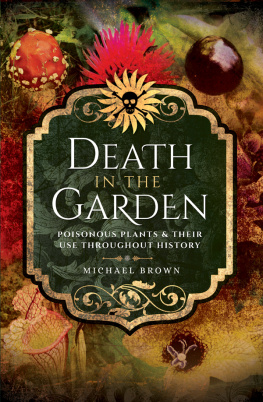

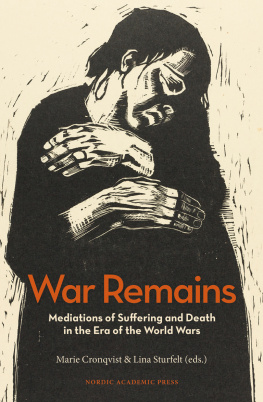

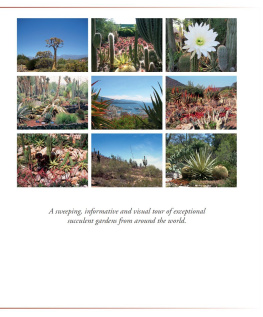
 TM The paper used in this publication meets the minimum requirements of American National Standard for Information Sciences Permanence of Paper for Printed Library Materials, ANSI/NISO Z39.48-1992.
TM The paper used in this publication meets the minimum requirements of American National Standard for Information Sciences Permanence of Paper for Printed Library Materials, ANSI/NISO Z39.48-1992.